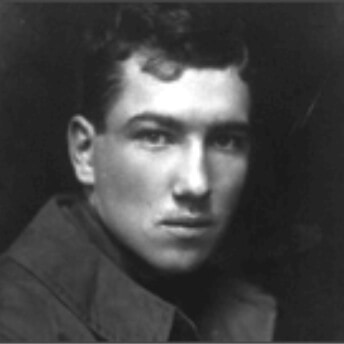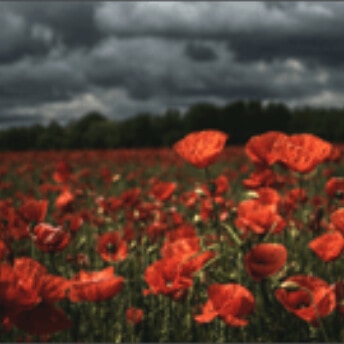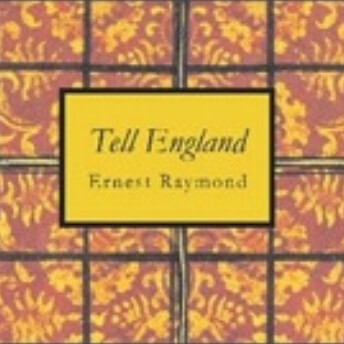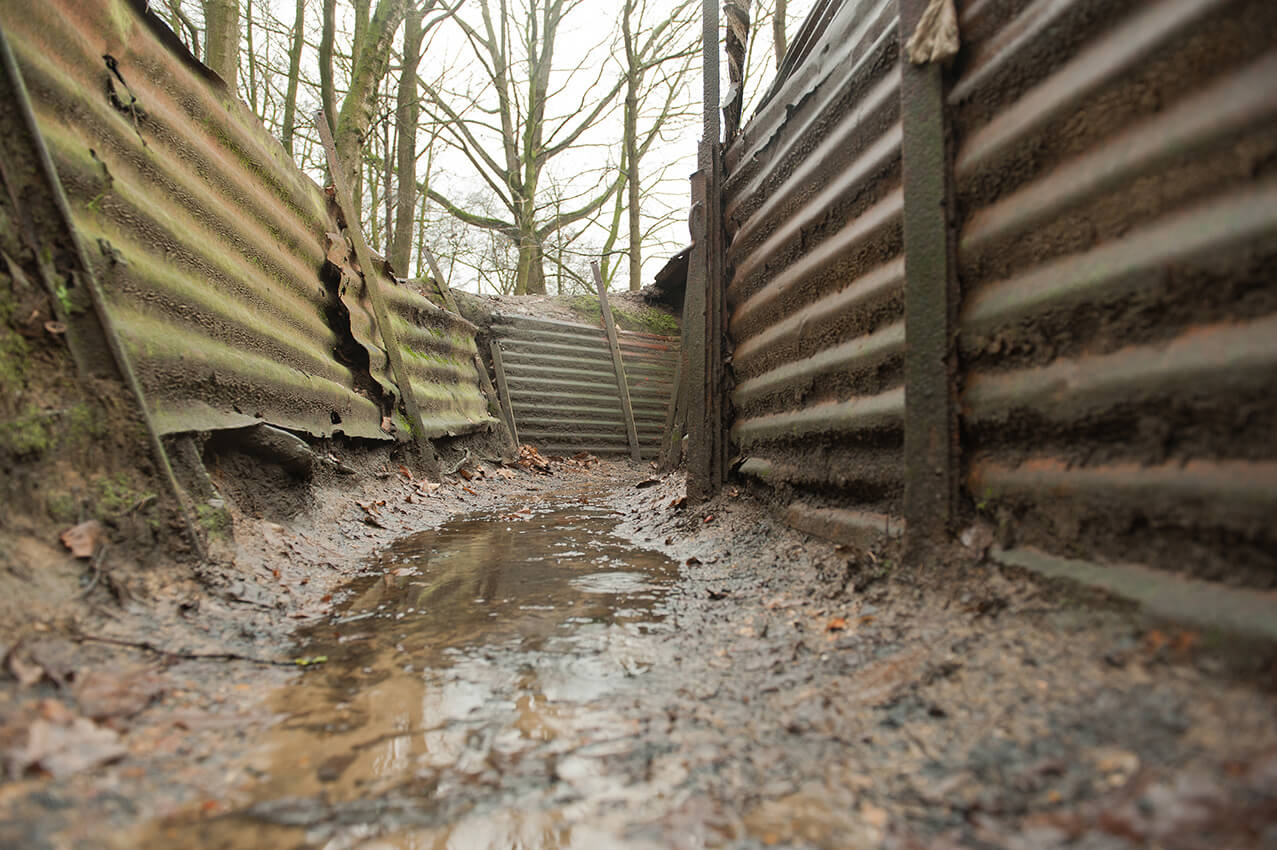The Great War
Artistic Truth: Robert Graves’s Good-bye to All That

Artistic Truth: Robert Graves’s Good-bye to All That
In this lecture, we learn about the representation of World War One in Literature with specific reference to the differences between fact and fiction in Robert Graves's literary masterpiece Good-bye to All That, written and published in 1929.
Particularly valuable are Graves's own post-publication comments about how combatants may be expected to represent their experiences in battle when they transmute them into literature.
Changing Perceptions: The Poets and World War One

Changing Perceptions: The Poets and World War One
In this lecture, we learn about how World War One was represented in the poetry that was written during 1914-1918.
The major war poets such as Owen and Sassoon are included; but we also notice the minor but in their day far more popular poets such as Alice Meynell.
At the heart of this lecture is an examination of the way in which the perceptions of several war poets were dramatically altered by their horrific experiences of trench warfare.
Literary Approaches to World War One

Literary Approaches to World War One
Again in this lecture, the major war poets such as Owen and Sassoon are included, together with their poetry; so too are the autobiographers such as Frank Richards and Robert Graves, the historians such as Corelli Barnett and the novelists ranging from Ernest Raymond to Pat Barker. Where appropriate, the personalities and experiences of actual combatants will be evoked. So too will the contrast between the reality and the image.

